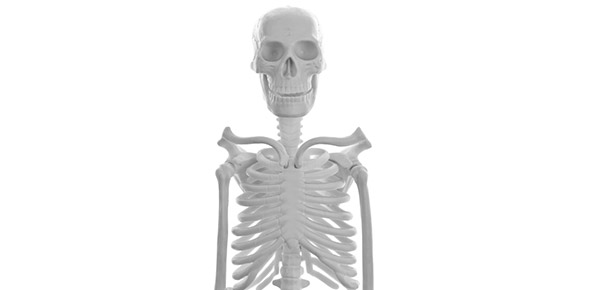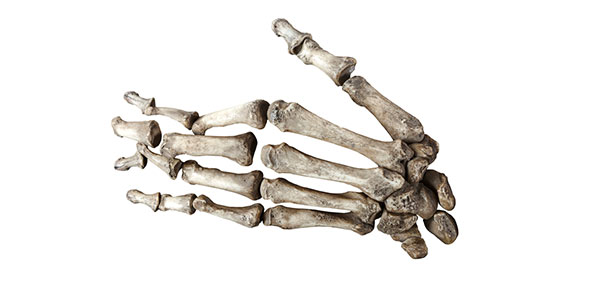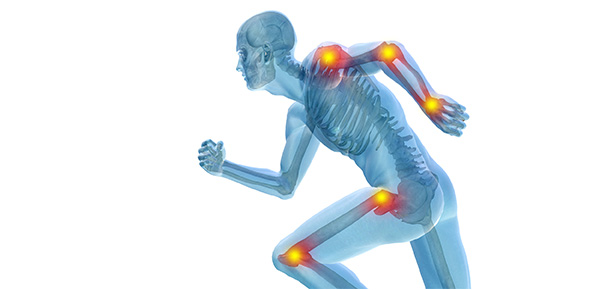Related Flashcards
Cards In This Set
| Front | Back |
|
|
tiny canals, connect the cellular processes of the
osteocytes to each other and to the Haversian blood vessels
|
|
|
synonymous with trabecular bone or spongy bone,
is one of two types of osseous tissue that form bones
|
|
|
a
subordinate or accessory part. A side branch, as of a blood vessel or nerve
|
|
|
synonymous
with cortical bone, consists of closely packed osteons or haversian systems and
forms the extremely hard exterior of bones.
Made of hydroxyapatite
(mineral composed of calcium and phospate) like spongy bone,
|
|
|
Connective
tissue membrane lining internal bone surface or medullary cavity.
|
|
fulcrum
|
the support, or point of rest, on which a lever
turns in moving
a body.
|
|
haversian
canal
|
are a series of tubes around narrow channels formed by
lamellae. This is the region of bone called compact bone. Osteons are arranged
in parallel to the long axis of the bone. The Haversian canals surround blood
vessels and nerve cells throughout the bone and communicate with osteocytes in
lacunae through canaliculi.
|
|
lacuna
|
small space containing an osteocyte in bones or chondrocyte in cartilage.
|
|
lever
|
a rigid bar that pivots about one point and that is used to
move an object at a second point by a force applied at a third.
|
|
medullary
cavity
|
The marrow cavity
in the shaft
of a long bone, center space of the diaphysis of a long bone, houses yellow
marrow
|
|
osteoblast
|
bone
foming cell
|
|
osteoclast
|
Large cells that resorb or break down bone matrix
|
|
osteocyte
|
mature
bone cells that live in lacunae in small spaces in lamellae. Each lacuna is
fluid-filled. Lacuna means "little lake".
|
|
osteon
|
the structural unit of compact bone; also called Haversian
system. Each osteon consists of the hard bone matrix arranged in concentric
rings (Concentric Lamellae) around a single central canal
|
|
periosteum
|
Double-layered, thin
veneer of connective tissue that covers the diaphysis of long bones
- contains nociceptors (receptors that respond to
potentially damaging stimuli) nerve endings
- carries the blood vessels for the bone
- is attached to bone by strong collagenous fibers called
(sharpey fibers) that extend to the outer circumferential and interstitial
lamellae
- site of attachment for tendons and ligaments
- has an underlying layer of osteoblasts that allow for
bone growth in width
|






